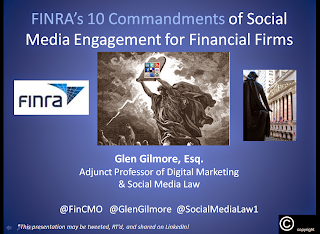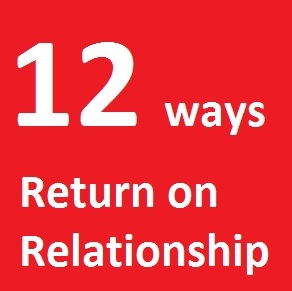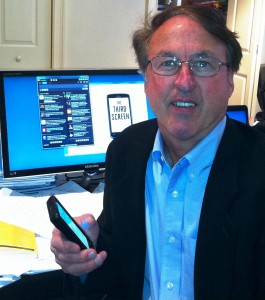 There are no true experts or gurus in this social media space – we are ALL still trying to figure this out. When I said that at the 140 Character’s Conference: New York City (#140conf) the audience applauded… because we all assume that someone else has all the answers to social media marketing success.
There are no true experts or gurus in this social media space – we are ALL still trying to figure this out. When I said that at the 140 Character’s Conference: New York City (#140conf) the audience applauded… because we all assume that someone else has all the answers to social media marketing success.
The truth is that social media is still too new as a serious business tool for any one of us to know all the best social media marketing tactics or even understand best how to leverage every platform.
So why am I (@TedRubin) the #1 followed CMO on Twitter (and been so for close to two years) with over 54,000 followers? Because I don’t assume I know everything about social media marketing, so I focus my time on building relationships. Because I pay attention, respond to, and interact with my followers… and I am not afraid to experiment publicly to see what topics are most relevant to my network(s), and what content is most useful to them.
 Financial Services National Regulatory Authority (FINRA), “the largest independent regulator for all securities firms doing business in the United States,” issued
Financial Services National Regulatory Authority (FINRA), “the largest independent regulator for all securities firms doing business in the United States,” issued 
 “Here it is. I’m dead, and this is my last post to my blog.”
“Here it is. I’m dead, and this is my last post to my blog.” I was going to talk to you today about goals. After all, we’re now in the second half of the year (can you believe it?!) and it’s a good time to see if you’re on track and consider any adjustments that need to be made.
I was going to talk to you today about goals. After all, we’re now in the second half of the year (can you believe it?!) and it’s a good time to see if you’re on track and consider any adjustments that need to be made. For decades, companies were very good at pushing messages into markets and talking at people rather than with them. Now companies are embracing the idea of two-way interaction. Monitoring conversations is becoming standard procedure as small and enterprise businesses alike make substantial investments in tools such as Radian6, Sprial16 and Brandtology. And, not only are companies monitoring conversations, they’re adopting social media management systems (SMMS) such as Seesmic and CoTweet to operationalize conversations and platforms such as Objective Marketer, PeopleBrowsr and Buddy Media to automate engagement campaigns.
For decades, companies were very good at pushing messages into markets and talking at people rather than with them. Now companies are embracing the idea of two-way interaction. Monitoring conversations is becoming standard procedure as small and enterprise businesses alike make substantial investments in tools such as Radian6, Sprial16 and Brandtology. And, not only are companies monitoring conversations, they’re adopting social media management systems (SMMS) such as Seesmic and CoTweet to operationalize conversations and platforms such as Objective Marketer, PeopleBrowsr and Buddy Media to automate engagement campaigns. If you think that the place to reach Baby Boomers (born between 1946 – 1964) is anywhere that does not include technology, think again! Boomers in the U.S. are technology-savvy enough to comprise 1/3 of all TV viewers, online users, social media users and Twitter users.
If you think that the place to reach Baby Boomers (born between 1946 – 1964) is anywhere that does not include technology, think again! Boomers in the U.S. are technology-savvy enough to comprise 1/3 of all TV viewers, online users, social media users and Twitter users.

 This post is for anyone who has had to ask (or been on the receiving end of the query) where did our social media marketing strategy go wrong?
This post is for anyone who has had to ask (or been on the receiving end of the query) where did our social media marketing strategy go wrong?